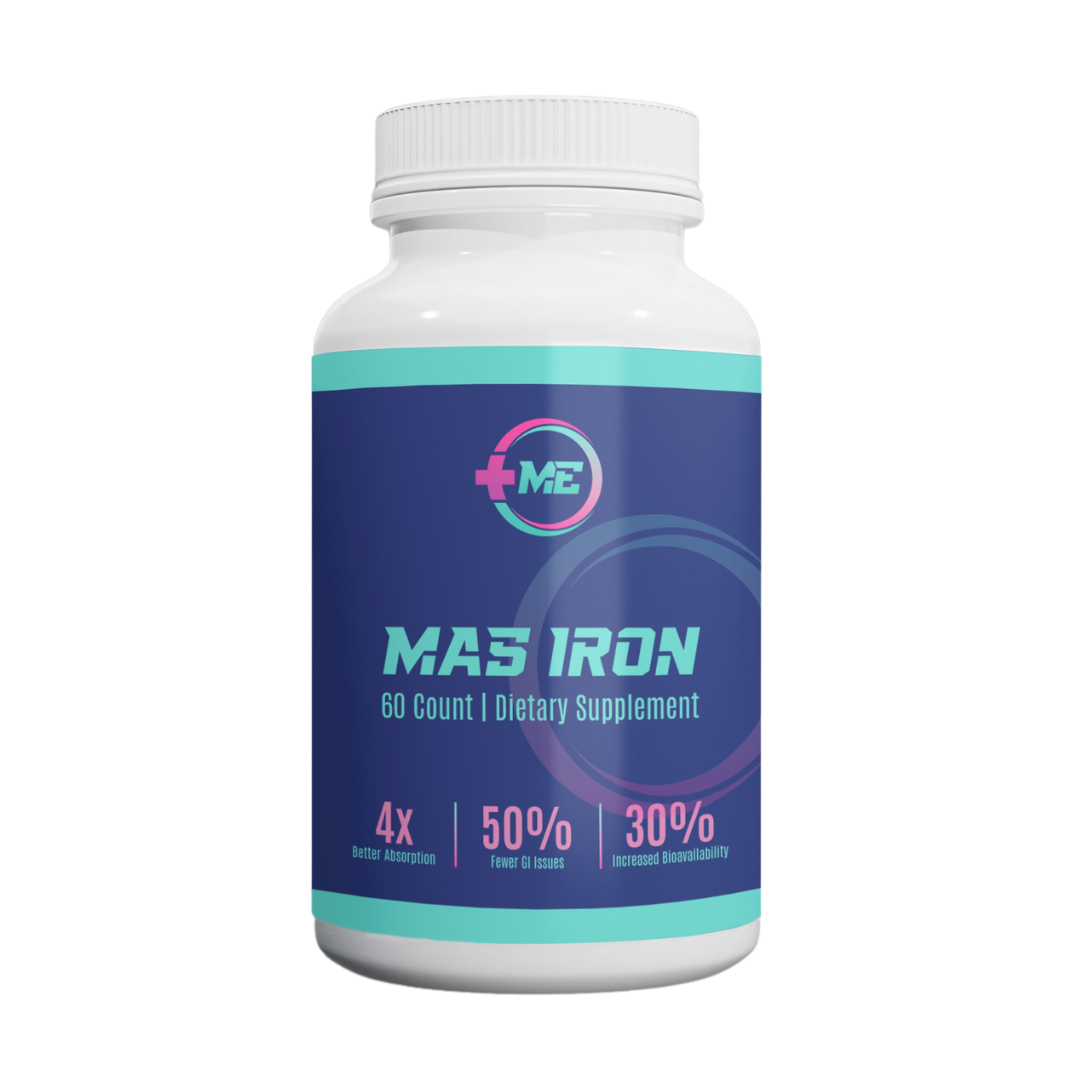If you’ve been running or training for long enough, you’ve probably come across the term of “iron deficiency”.
Not surprising since research shows that up to 56% of endurance runners are unknowingly battling iron deficiency.
But, figuring out how to determine if you are iron deficient isn’t quite as easy as it sounds.
The symptoms masquerade as everything from overtraining to poor sleep an excess stress to just having a “off days” that stretch into off days we all have.
So, how the heck do you tell the difference between what’s normal, what’s typical training fatigue, and what’s iron deficiency.
Well, that’s what we’re going to dig into in this article. You’ll learn…
- Help you identify the obvious and subtle warning signs of iron deficiency that most runners miss or misinterpret
- Show you the research on why runners are so susceptible to iron deficiency and how it destroys performance
- Give you the specific blood test numbers and ranges that matter for endurance athletes (not just general population guidelines)
- Provide you with a science-backed solution protocol that actually works for runners
What is Iron Deficiency?
First, I think it’s important we understand what iron deficiency is.
Simple speaking…
Iron deficiency is when you don’t have enough iron in your blood to support your overall health and performance needs.
That’s pretty obvious. But, why is iron so important and what does iron actually do in the body?
Iron is essential in making hemoglobin, a protein in red blood cells
Red blood cells, which contain hemoglobin, transport oxygen to your working muscles when you exercise.
If you have low iron levels, you will generate fewer red blood cells and your hemoglobin levels will decline.
Therefore, less oxygen will be transported to your muscles, and running performance and overall health will suffer.
Iron is also vital for a fully functioning immune system
The immune system requires adequate iron for proper development and function of immune cells, particularly T lymphocytes and neutrophils.
Iron is also necessary for DNA synthesis, cell division, and the production of reactive oxygen species that help destroy pathogens
Iron deficiency impairs the body's immune responses and increases susceptibility to infections

Why Are Runners More Susceptible to Iron Deficiency?
As with most things when it comes to training, the research has shown that runners lose more iron than non-runners for a multitude of reasons.
Here’s a look at some of the big reasons why…
Loss of Iron With Each Step
A process called foot strike hemolysis occurs in runners, especially those who run high mileage.
Foot strike hemolysis is a process where red blood cells are damaged when the foot hits the ground, thus reducing your hemoglobin levels.
Since runners are taking thousands of extra steps per day, the extra loss of iron compared to non-runners is significant.
Loss of Iron Through Sweating
According to a study published in the American Journal of Clinical Nutrition, iron loss is directly related to the volume of sweat lost and has been calculated at 22.5 micrograms iron per liter of sweat.
Perhaps another way to phrase the calculation to make it more relatable is that studies suggest that runners may lose about 1.2 milligrams of iron with each gallon of sweat, making up a loss of about 0.3 milligrams of iron per liter of sweat.
It may not seem like much, but daily runs in hot and humid weather have a big impact on your iron levels.
Loss of Iron from GI Tract
Third, loss of iron through the GI tract (primarily the stomach or large intestine) is a problem for some athletes.
Iron loss through the GI tract is fairly minor, but there may be a cumulative effect over months of running that leads to iron deficiency.
Loss of Iron from Menstruation
Finally, female runners have an especially difficult time maintaining proper iron levels since they also lose iron during menstruation
The Obvious Symptoms of Iron Deficiency
If you’re experiencing fatigue that won’t quit despite adequate rest, you might be dealing with iron deficiency.
Studies show that the classic signs include lethargy, fatigue, low mood, and difficulty concentrating.
These symptoms present exactly like overtraining syndrome. You feel heavy-legged during easy runs, need extra recovery days, and struggle through previously manageable workouts.
The performance impact is measurable and significant.
A landmark study by DellaValle and Haas found that female rowers with low ferritin but normal hemoglobin were 21 seconds slower over 2km compared to those with normal iron stores.
The Subtle Warning Signs of Iron Deficiency
The obvious signs are great, but as I noted earlier, it’s easy to confuse lethargy and reduced performance with the normal fatigue when training hard.
So, beyond the obvious fatigue, let’s look into the few subtle signs that iron deficiency presents.
Poor Temperature Regulation
Athletes with iron deficiency commonly experience feeling hot or cold, along with diminished immune response.
If you’ve noticed you’re always freezing during recovery runs while your training partners are comfortable, you might be dealing with more than just being “cold-natured.”
This happens because our body struggles to maintain proper circulation and oxygen delivery, which directly impacts your ability to generate and regulate heat.
Unfortunately, temperature regulation problems go both ways for iron-deficient runners.

You might find yourself shivering during warm-up miles that normally feel comfortable, then overheating faster than usual once you pick up the pace.
Studies demonstrate that iron deficiency impairs thermoregulation, making it harder for your body to adapt to changing temperature demands during exercise [2].
Luckily, there is one simple way to track this symptom.
Start noting when you feel unusually cold or hot during runs compared to your normal response to similar weather and effort levels.
If this pattern persists for more than two weeks alongside other fatigue symptoms, temperature dysregulation could be signaling iron deficiency rather than just weather sensitivity.
Elevated Heart Rate
If your resting heart rate has been creeping up 5-10 beats higher than normal for weeks, you might be missing one of iron deficiency’s clearest warning signs.
Most runners blame stress, poor sleep, or overtraining, but research shows this elevation often indicates your cardiovascular system is working overtime to compensate for reduced oxygen-carrying capacity.
This happens because your heart tries to pump more blood to deliver adequate oxygen to your tissues, since each red blood cell is carrying less oxygen than normal.
Studies show that athletes with iron deficiency experience increased heart rate and elevated exercise heart rate at previously manageable paces.

Luckily, there is one simple tracking method that can reveal this pattern.
Check your resting heart rate immediately upon waking for seven consecutive days. If it’s consistently elevated above your normal range without obvious illness, iron deficiency could be the culprit.
You can also compare your heart rate on easy runs now vs. times when you were performing your best. If your heart rate is elevated, it could be a sign of iron deficiency.
Intense cravings for unusual things
If you’ve been obsessively crunching ice cubes, chewing on pen caps, or having strange urges to eat starch or clay, your body might be sending you a desperate message about iron deficiency.
This unusual symptom called pica affects up to 50% of people with severe iron deficiency, yet most runners dismiss these cravings as stress-related quirks.
This happens because your brain’s neurotransmitter production becomes disrupted, particularly dopamine pathways that control reward and craving behaviors.
Unfortunately, these cravings aren’t random. They often target items that contain trace minerals your body desperately needs.

Ice cravings are the most common, possibly because cold temperatures provide temporary relief from the fatigue and “brain fog” associated with poor oxygen delivery to neural tissues.
The practical signs are usually obvious once you recognize the pattern.
You find yourself constantly wanting to chew ice, feeling compelled to eat raw starch or flour, or having urges to consume non-food items that would normally seem disgusting.
These cravings typically intensify when iron deficiency worsens and can become almost obsessive in nature.
How to Treat & Prevent Iron Deficiency
So, now that we understand the problem, let’s talk about what research shows actually works to solve iron deficiency.
Traditional iron supplements you’ll find in Walmart, Amazon and Walgreens use ferrous sulfate as the main ingredient.
Unfortunately, studies show that your body only absorbs 10-15% of iron from ferrous sulfate, with the remaining 85-90% staying in your digestive tract and causing nausea, constipation, and cramping.
And, once again, some ground-breaking research seems to have found a solution to this absorption problem.
Clinical studies demonstrate that iron bisglycinate—a chelated form of iron—produces 50% fewer gastrointestinal side effects compared to ferrous sulfate while maintaining superior absorption rates [18].
Iron bisglycinate works because the glycine molecules protect the iron through stomach acid, delivering it directly to your small intestine where absorption occurs.
Research shows that 60mg of iron bisglycinate provides equivalent therapeutic benefits to much higher doses of ferrous sulfate. This means you get better results with lower doses and fewer side effects.
That's Why We Created MAS Iron
MAS Iron uses genuine iron bisglycinate with the supporting nutrients that research shows optimize absorption and utilization.
Our formula combines iron bisglycinate with buffered vitamin C, active folate, AlphaGPC and Bioperine B12 in precise ratios shown to maximize iron uptake.
It’s the only iron supplement specifically formulated for endurance athletes that addresses both absorption optimization and red blood cell formation support.
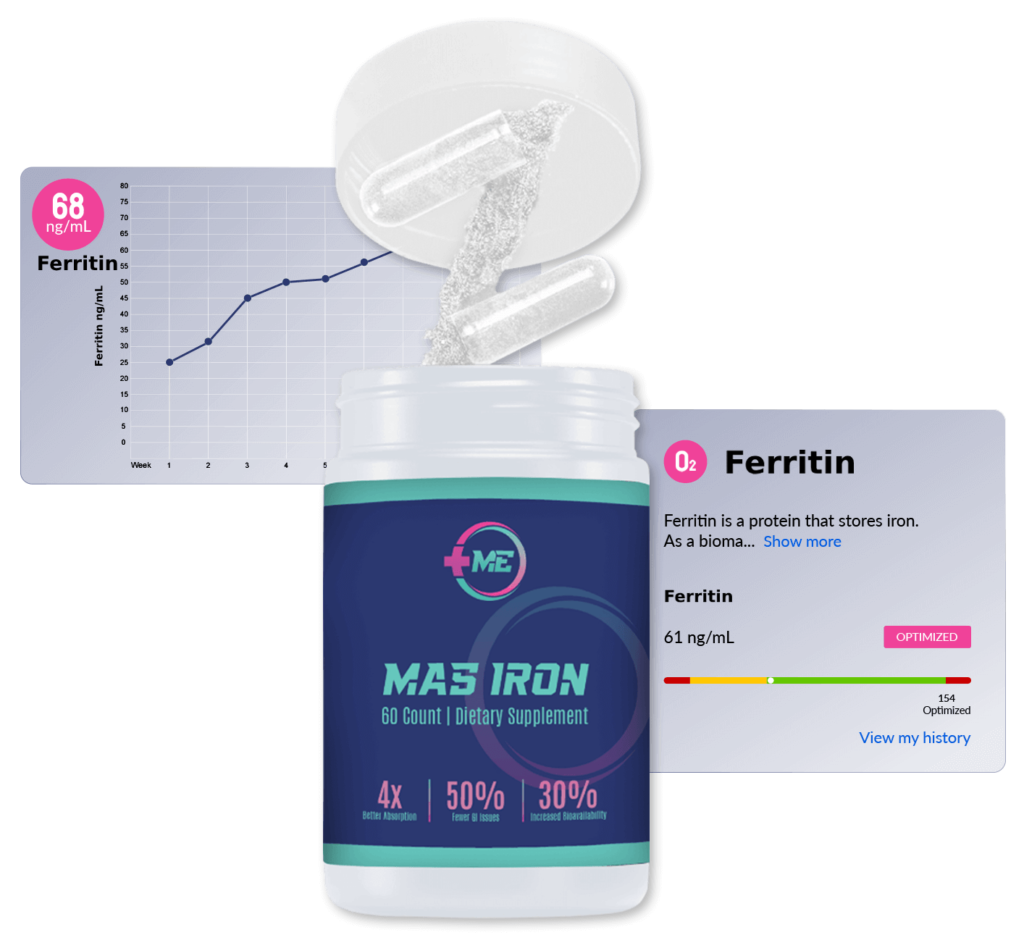
So Why Is MAS IRON Better?
MAS Iron combines the most efficiently absorbed form elemental iron with clinically proven ingredients to aid in absorption.
Each ingredient tested alone with iron demonstrated the ability to enhance absorption by 30% to 400%. This is why MAS Iron performs like no other iron product on the market.
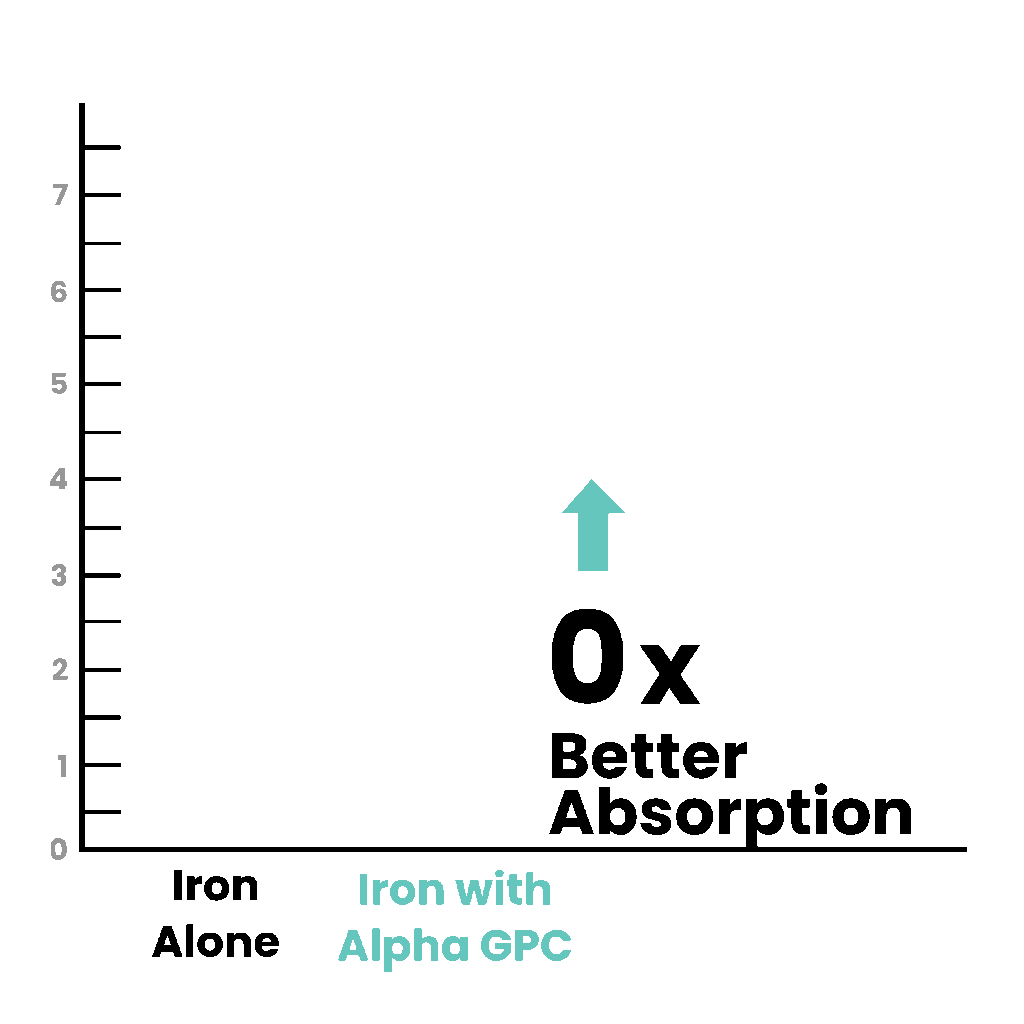
4x Better Absorption
The addition of Alpha GPC when taking an iron supplement has been shown to increase absorption up to four times compared with taking iron alone.
Alpha GPC has also been shown to increase the absorption of nonheme iron from food sources.
30% Increase in Bioavailability
Clinical research on BioPerine has made it clear that black pepper increases the uptake of iron supplements as much as 30%.
Researchers believe this is because BioPerine enhances the bioavailability of iron supplements.
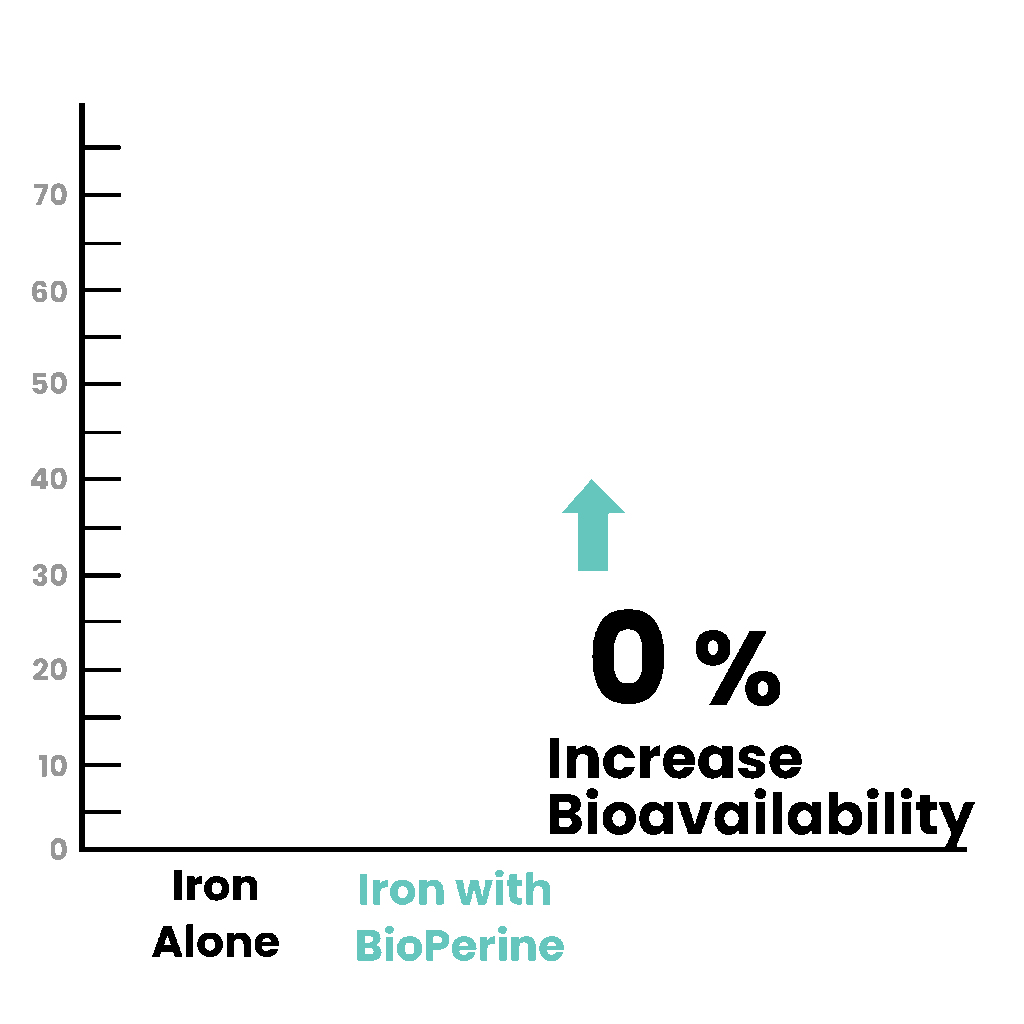
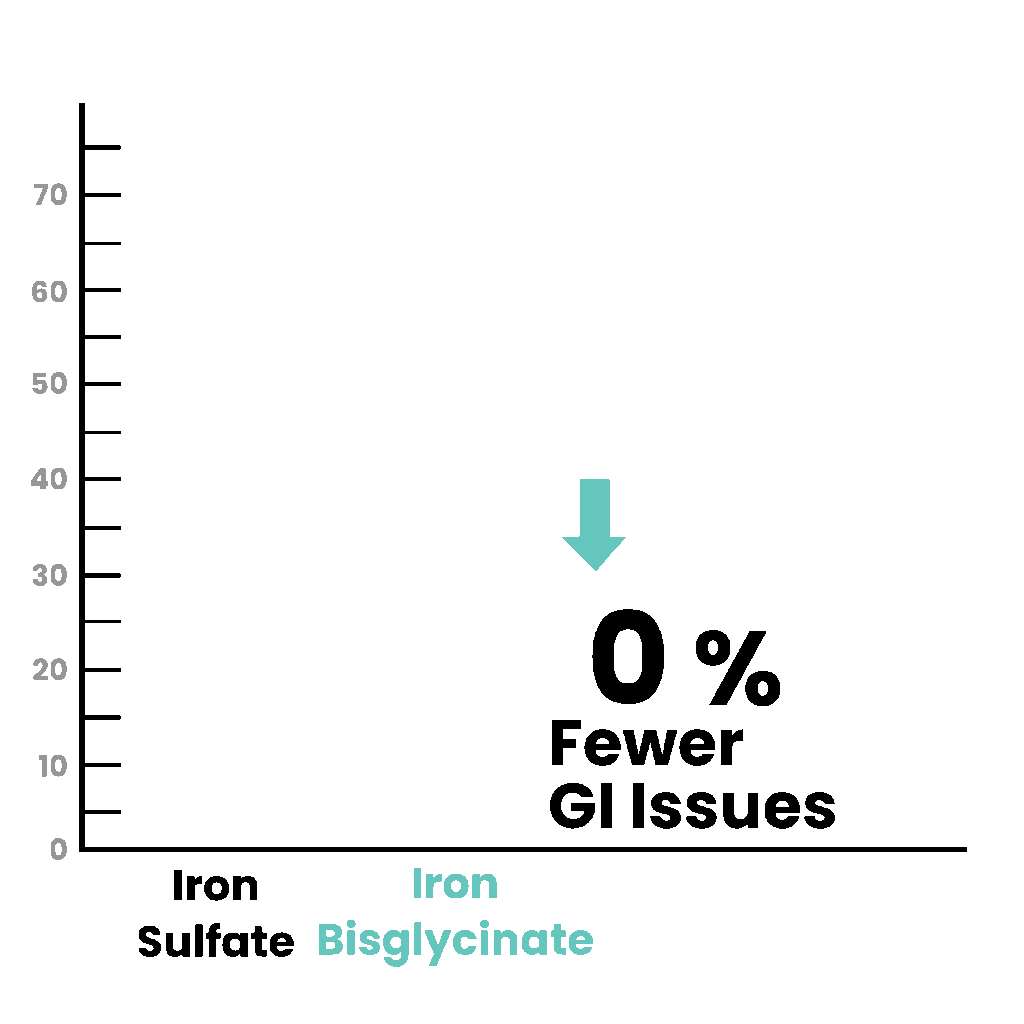
50% Fewer GI Side Effects
Not only is iron bisglycinate better absorbed than all other forms of iron, but research has shown using iron bisglycinate resulted in 50-percent fewer GI side effects compared to the same dose of iron sulfate.

The Lab Work & Athletes Like You Speak for The Results
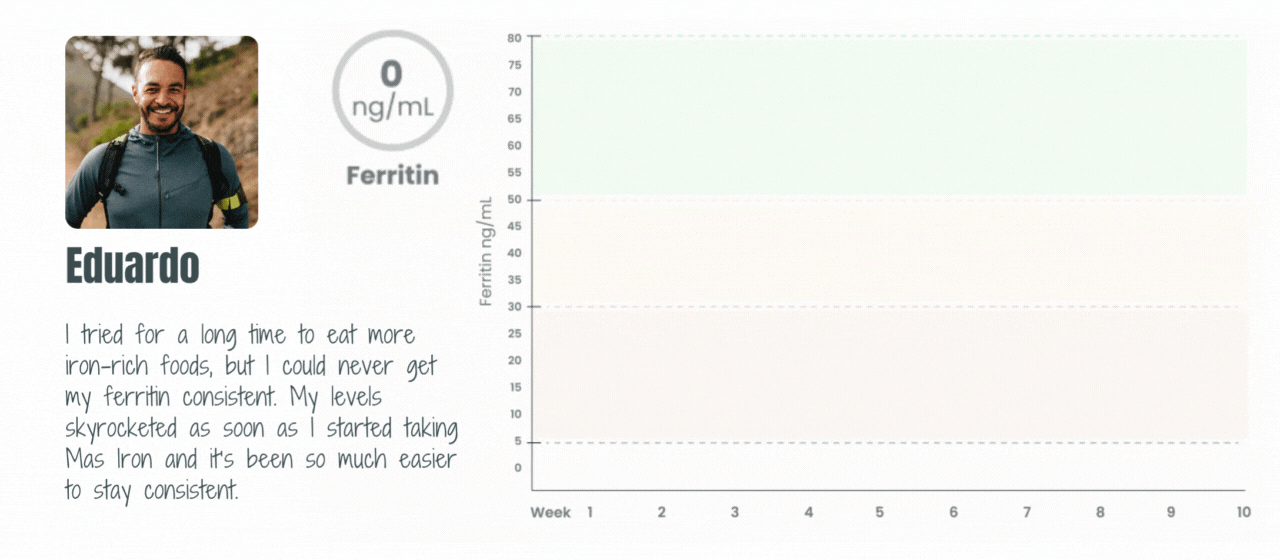
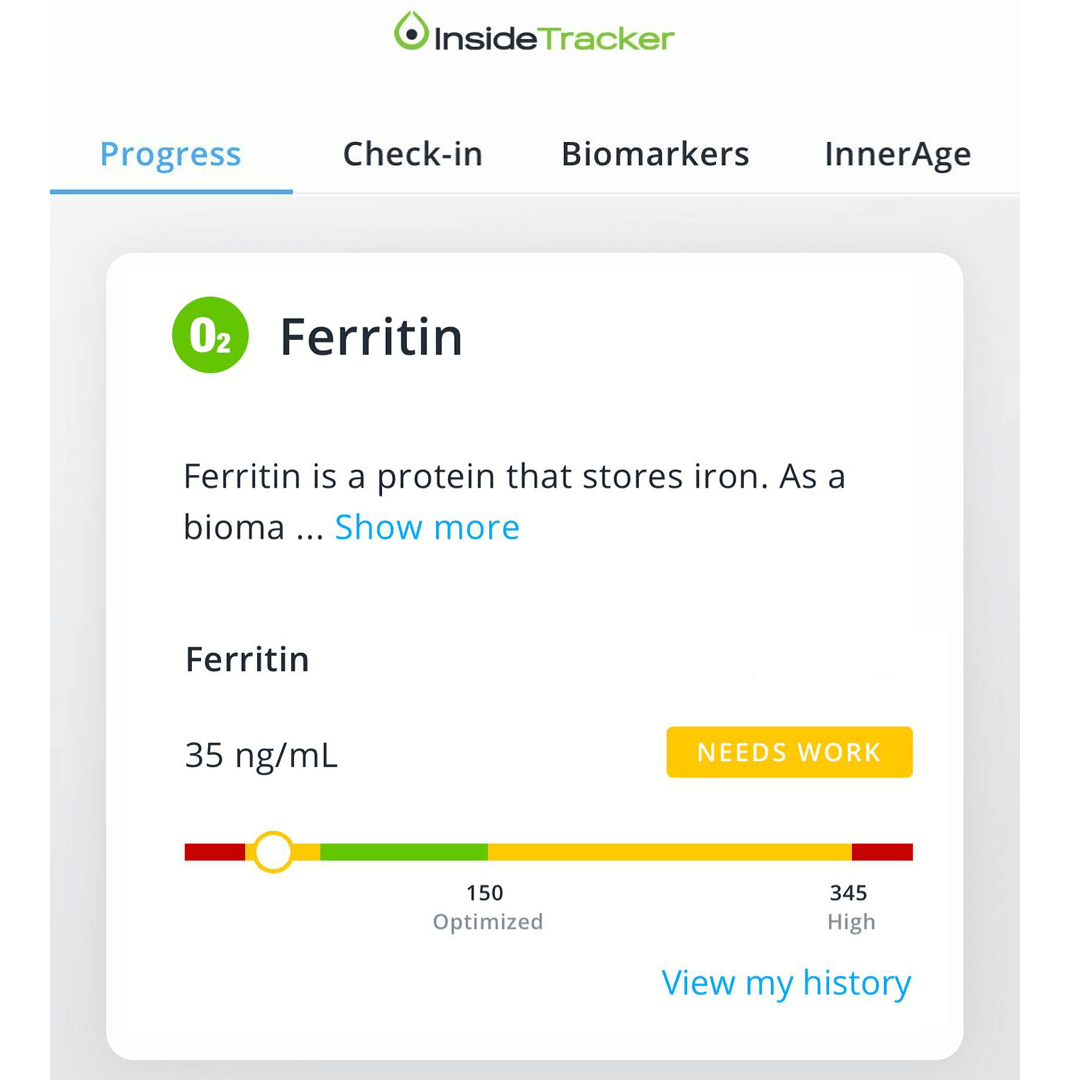
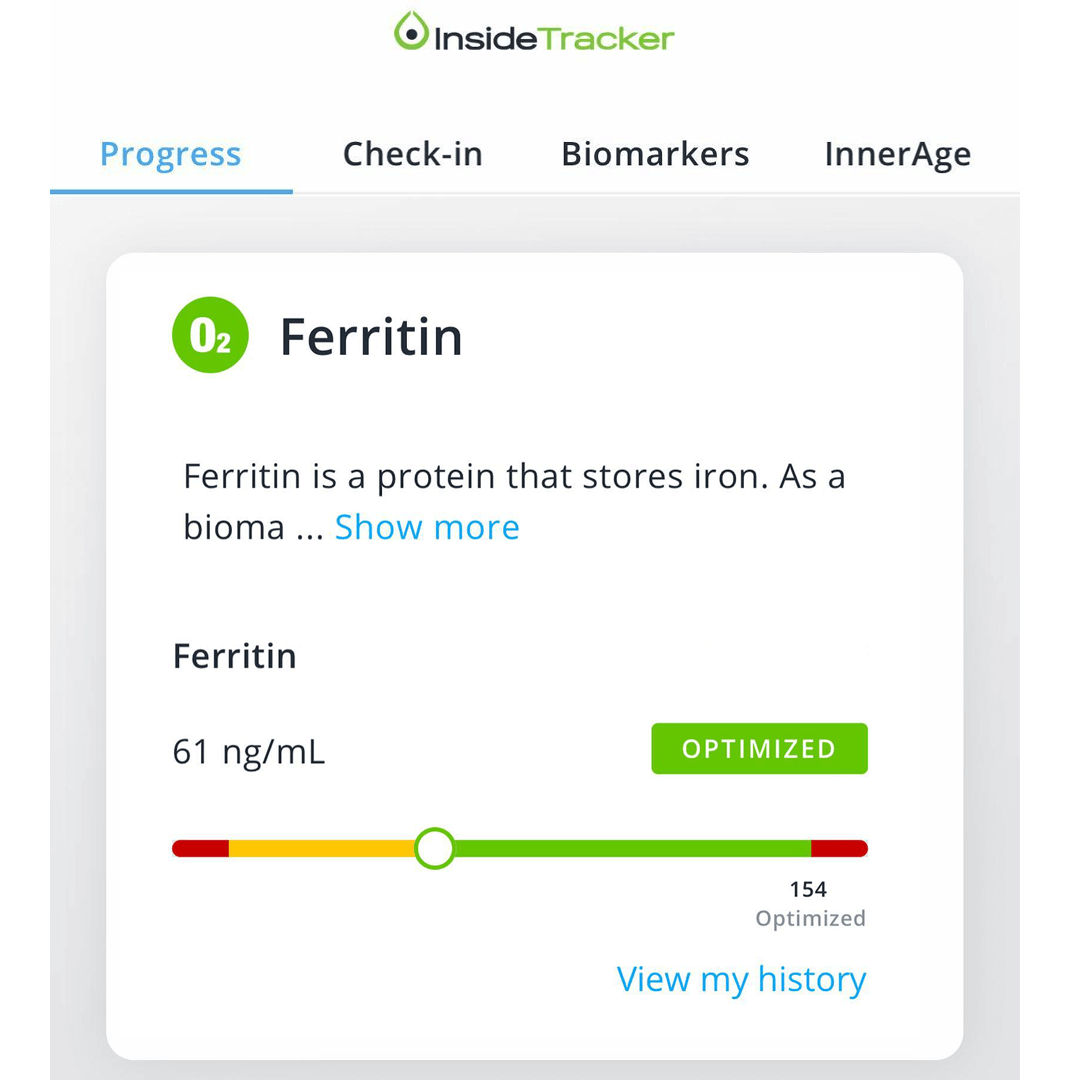
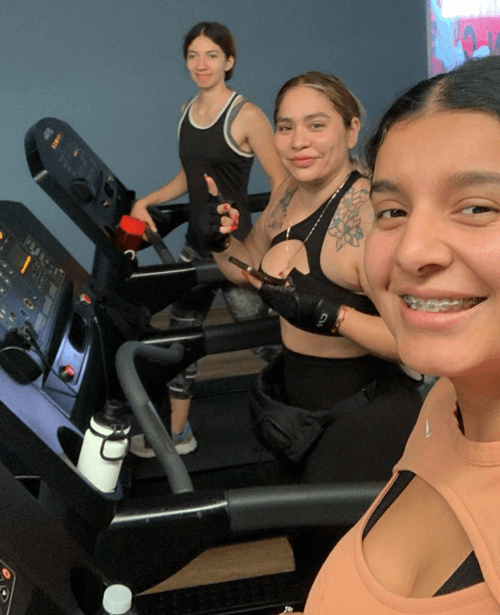
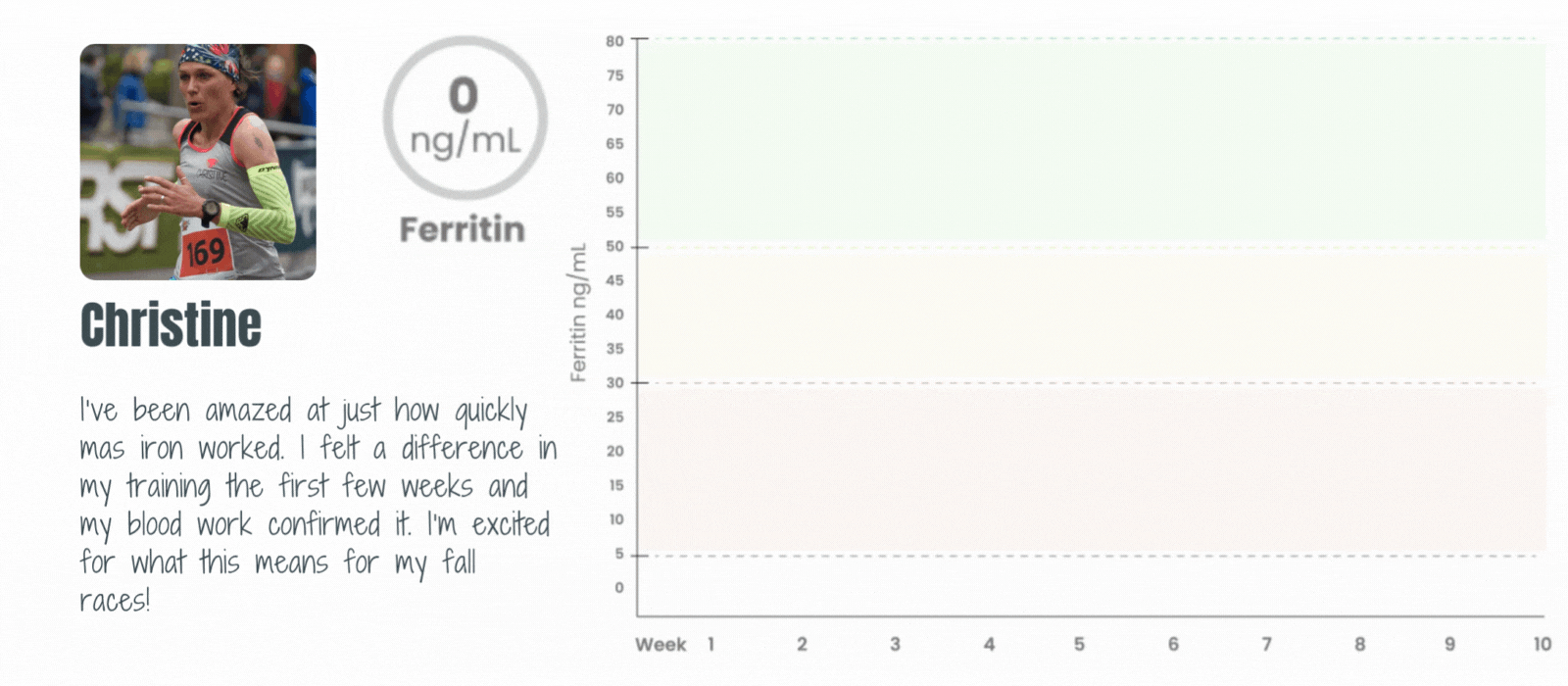
Backed By Our No Return Necessary Money-Back Guarantee
Try MAS Iron and if you don’t see your iron levels increase after 60 days or you’re unhappy for any reason, just let us know via email or phone and we’ll refund your money.
If you’ve been suffering from low iron this is a game-changer that will finally help you get your iron levels where they need to be!
When Should You Get Your Iron Tested?
Even if you don’t have symptoms of low iron, getting tested is still a smart idea.
That’s because, like everything in the human body, individual differences can mean one person’s low ferritin is another’s normal.
Likewise, “optimized” and low iron levels can fall into a pretty wide range. It’s important to know what your ranges look like.
As an example, if you take a ferritin test when you’re feeling great and crushing your workouts, you’ll now know what a “good” ferritin level is for you.
Then, if you start to experience symptoms of low iron or poor training, you can get your levels checked and compare these to what they were when you were feeling good.
To provide a specific example, let’s assume that your ferritin level when feeling great was 55ng/ml.
You re-test when you’re feeling sluggish or experiencing symptoms and your ferritin level is now 40ng/ml.
The lab and your doctor are going to tell you that iron isn’t a problem. But, you know from historical data that this is low for you and can then make appropriate changes.
Establishing a baseline and periodically monitoring your iron is an easy way to ensure your levels are always where they need to be.
What should you test for?
The major iron status tests of interest to runners are: hemoglobin, hematocrit, red blood cells (rbc) and ferritin.
Of those, ferritin is the most important.
This is because you’ll likely still experience the symptoms or effects of low iron if you have normal hemoglobin or hematocrit levels but low ferritin levels.
Unfortunately, ferritin is the option least tested when it comes to “general” blood or iron tests.
Therefore, you may need to specifically ask to have ferritin included in your blood work.
What do the numbers mean?
Your ferritin is going to come back with a number expressed as ng/ml.
Most general practitioners and advice will say having low ferritin constitutes a number below 16ng/ml.
However, like most things when it comes to running, research has shown that runners require higher ferritin levels to maintain performance.
Thus, most running experts consider having low ferritin to constitute values below 25ng/ml.
If your ferritin levels are between 25 and 50 ng/ml then you’re in what I’d call the “cautionary zone”.
While not considered low, you should be paying attention to your levels and supplementing to make sure you don’t dip below the low iron thresholds.
In my experience coaching elite runners, a ferritin level less than 50 ng/ml in women and less than 60 ng/ml in men are good targets to ensure there’s no impact on performance.
Again, while these numbers are not considered low by medical professionals, they can impact your running.
How to easily get your iron tested?
Unfortunately, getting your ferritin levels tested isn’t always the easiest thing.
I’ll save the rant about the US healthcare system, but you usually can’t just walk into a lab and get blood work done.
Luckily, there are some tricks and online resources that have made getting tested easier than it was just 10 or 15 years ago.
Option 1: Health Insurance
Your first option should be to check with your health insurance to see if iron tests are covered. Then you can make an appointment with your doctor to get the labs ordered.
This is the least efficient option since many insurance companies or doctors won’t order labs unless you have a specific ailment.
That said, if you are lucky enough to have a doctor that understands running and a good health insurance provider, this will likely be a free or very low cost option.
Remember to specifically ask for a ferritin test to make sure this lab is ordered.
Option 2: At-home tests
At-home testing is becoming more ubiquitous and thus offers an easy alternative to those who can’t get tests ordered from their doctor.
With at-home testing you just order a kit, do a simple finger prick at home, and then send back the sample to get your results.
The simplest and cheapest route is to do just a ferritin test.
This is what I would suggest if you’re on a budget or really just interested in getting iron checked.
Right now, we’re running a sale on our at-home ferritin test so it’s just $69. Check it out here.
The only downside is at-home testing isn’t available in New York and outside the US you’ll have to search for specifics in your country since the laws will differ in each one.
The Bottom Line for Your Training
You’re definitely not alone if you’ve been struggling with telling the difference between iron deficiency and the normal fatigue associated with training when you’re experiencing a decline in your performance or excess tiredness.
Hopefully, this article gave you some clear guidance and takeaways not found in traditional outlines of what symptoms to expect.
And, if you’re still not sure, an iron test never hurts, especially since they are getting easier to get at home.





